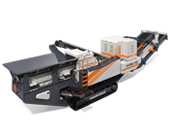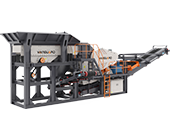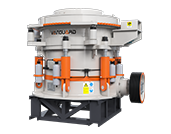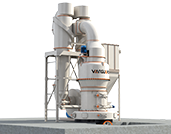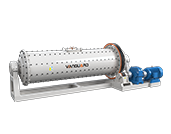Sand is an indispensable material for construction projects. It is an important raw material for concrete, which adjusts the proportion of coarse aggregate in concrete and fills gaps in the aggregate. Sand is mainly divided into four types: river sand, sea sand, desert sand, and machine-made sand. Then, which of these four types is suitable for building aggregates? What is the difference between these sands?
1. Different distribution areas
(1). Machine-made sand
Machine-made sand is made by mechanical crushing and screening. Rock particles with a particle size of less than 4.75mm, but excluding soft rock and weathered rock particles. The production of machine-made sand enterprises is all over the country. As long as there are stones, you can produce machine-made sand.

(2). Natural mountain sand
Most of the natural mountain sand comes from the foot of the mountain, and the river sand comes from rivers and lakes, mainly distributed in inland and coastal areas. Among them, the river sand is widely distributed with large stock, while mountain sand has a small stock.
(3). Desert sand
Desert sand is formed by weathering and is mainly found in desert areas. Geographically speaking, the global deserts are concentrated in 13 regions. The total area of China’s deserts is about 700,000 square kilometers. If add the Gobi more than 500,000 square kilometers, the total area is 1.28 million square kilometers, accounting for 13% of China’s total land area. The northwest arid region is the most concentrated area of deserts in my country, accounting for about 80% of the total desert area in my country. The main deserts from west to east are Taklimakan Desert, Gurbantungut Desert, Kumtag Desert, Qaidam Desert, Badain Jaran Desert, Tengger Desert, Ulan Buh Desert and Kubuqi Desert. The desert sand reserves are huge.
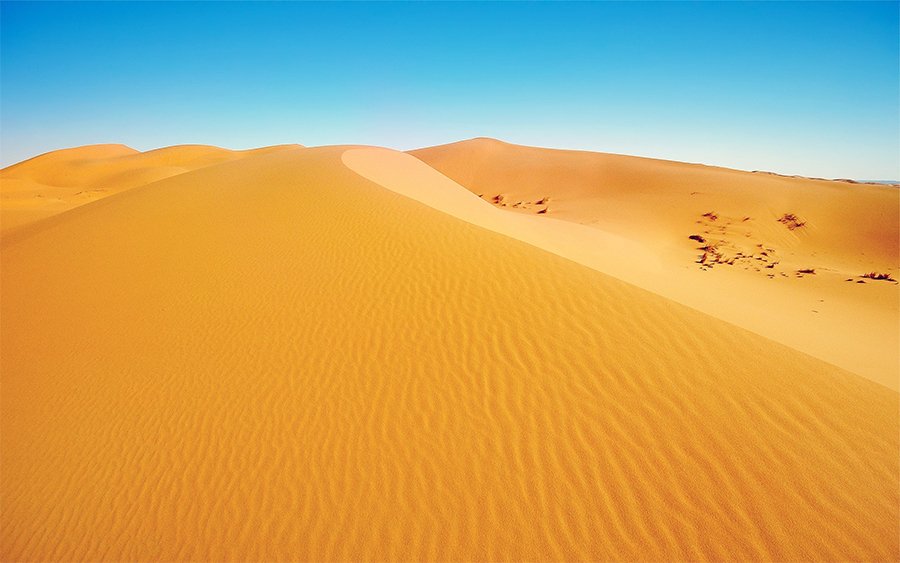
(4). Sea sand
Sea sand is the sand in the ocean. It is mainly distributed in coastal areas, usually located in the confluence of sea and rivers and shallow sea areas. It exists in the form of sand banks, sand ridges, dunes, sand waves, scouring troughs, ancient river valleys, ancient beaches, and ancient deltas. The main mines of my country's offshore sea sand are mainly located in the Bohai Sea, the North Yellow Sea, the Taiwan Strait, the Pearl River Estuary, the periphery of Hainan Island and the Beibu Gulf, with huge reserves.
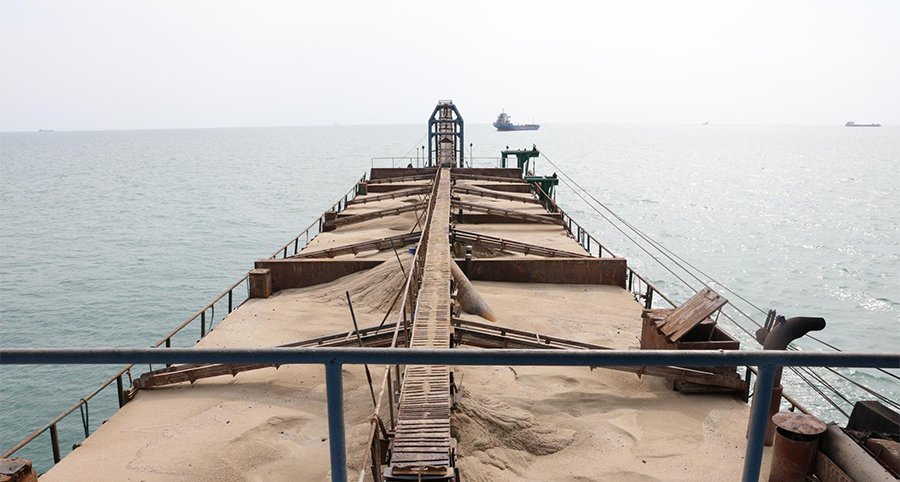
2. Different minerals and chemical composition
(1). Machine-made sand
The mother rock (production raw material) of machine-made sand is mainly granite, limestone, basalt, gneiss, etc. The main mineral composition and chemical composition are consistent with the mother rock. For example, quartz and feldspar are the main minerals of granite machine-made sand, and its chemical composition is mainly silica and aluminosilicate, while calcite is the main mineral composition of limestone machine-made sand and its chemical composition is mainly calcium carbonate. The machine-made sand has a stable mineral and chemical composition and basically does not contain organic matter. In contrast, natural mountain sand has a complex composition, more organic impurities, and higher mud content.

(2). River sand
The main mineral components of river sand are quartz and mica which contain more impurities. Due to the long-distance touching and rolling, the river sand is repeatedly washed and screened by water. It has a high compositional maturity (referring to the degree to which the detrital material has been modified in composition).
(3). Desert sand
The main component of desert sand is quartz, with a small amount of feldspar and muscovite. Its source is mainly the residual minerals from the weathering of sandstone and granite. The harmful substances in the sand in the desert cannot be removed, resulting in high content, fineness and dispersion of the harmful substances in the sand, which does not meet my country's construction sand standards.
The sand in the desert has a high alkali content. The salt and alkali components in the sand are highly corrosive. Sand with a high alkali content will have a biochemical reaction with cement and aquatic products, leading to insufficient strength of the final formed concrete, which will cause serious consequences.
(4). Sea sand
The main mineral component of sea sand is also quartz. Its component maturity is higher than that of river sand, but it usually contains shells and rock debris, high mud content and many impurities. Due to its high content of chloride ions (salt), it is different from river sand. And high organic content and certain content of sulfate, sulfide, etc. The Ministry of Housing and Urban-Rural Development stipulates that sea sand used for reinforced concrete fine aggregate must be desalinated so that its chloride ion content is less than 0.06%. If unqualified sea sand is used directly, the high content of chloride ions will corrode the steel bars, damage the building structure. And it will greatly reduce the strength, hardness, and load-bearing capacity of the building.
3. Different appearance and physical characteristics
It has a different appearance and physical characteristics in the four types of machine-made sand, river sand, desert sand, and sea sand, and can be distinguished by this.
(1). Machine-made sand
Machine-made sand refers to the crushing of raw materials into the sand below 5mm through a crusher and a sand making machine. The finished product is more regular and can be processed into the sand of different rules and sizes according to different technological requirements. Machine-made sand production must use professional equipment to produce qualified and applicable sand and gravel.
(2). River sand
River sand is formed by the long-term collision and friction of natural stones through the force of water. The surface is relatively smooth, the color is white and yellow, and the content of impurities is large.
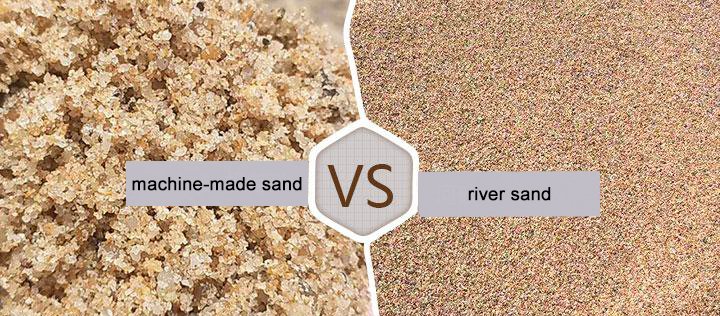
(3). Desert sand
The sand in the desert is generally golden-yellow that mainly weathered from rocks. But the desert has a variety of colors because the rocks contain a variety of minerals in various colors. For example, there is the red desert in Simpsons in Australia, a white desert in the Rusolo Basin in the southern United States, and red, yellow, purple, etc. in the Arizona desert in the United States.
(4). Sea sand
Sea sand is washed, rolled, collided, and polished by seawater, which has not been desalinated, and most of it comes from the junction of the sea and rivers. The sea sand has high salt content and large particles. It has a sticky feel when grasped by the hand and doped with shellfish. There are many types of broken shells and the low density and slightly rough between the gravels. From the color point of view, the color of sea sand is relatively dull and dark brown.

The physical properties of sand mainly include fineness modulus, hardness and roundness. The fineness modulus is an index used to measure the degree of sand thickness. According to the fineness modulus, it can be divided into three categories: coarse sand (3.7~3.1), medium sand (3.0~2.3), and fine sand (2.2~1.6).

The machine-made sand is basically medium-coarse sand, with a fineness modulus between 2.6-3.6. The particle type and gradation (that is, the matching ratio of large and small particles) can be adjusted according to the use and needs. And its hardness is determined by the hardness of the raw material. The very poor roundness of machine-made sand particles is that most of them have edges and corners, and the surface is rough, making machine-made sand concrete high in strength.
Natural sand varies in thickness. Mountain sand has distinct edges and corners, a rough appearance, and generally coarser grains. River sand and sea sand are relatively fine and uniform in grain size, but the gradation of river sand and sea sand in different regions is quite different. River sand will be divided into multiple levels during the screening process, while sea sand has no clear rules for classification. Generally speaking, river sand has a larger fineness modulus and hardness, better roundness, and smoother appearance, but sea sand has a greater hardness, better roundness, and smoother surface in a relatively smaller fineness modulus.
The diameter of the sand in the desert is generally below 0.25mm, and the desert sand is too fine to be conducive to concrete structures.
4.The difference in use
Whether artificial sand or natural sand, it is mainly used in the construction industry. In addition, river sand and sea sand can also be used in industrial fields such as casting, grinding, and rust removal.
(1). River sand
River sand is cement standard sand that is mostly used in construction, concrete, cementitious materials, road construction materials, artificial marble, and cement physical performance inspection materials (ie cement standard sand), etc. River sand can also be used in casting, forging machines, metallurgy, heat treatment, steel structures, frame structures, containers, ships, repairs, bridges, mines, and other fields for sand removal, rust removal, strengthening, forming, as heavy concrete and high-temperature refractory Material additives to increase its wear resistance, high-temperature resistance, erosion resistance, electrostatic shielding, radiation protection, oil well filter tanks, counterweights, etc.
(2). Desert sand
Desert sand is mainly formed by long-term weathering of some conglomerate and quartz. Desert sand has been weathered for a long time and has too fine particles and more dust. It is ultra-fine sand and does not meet the standards for construction sand. In addition, the desert sand has a high alkali content, which will chemically react with some substances in the building materials during use, which will affect the quality of the sand-gravel mixture, thereby affecting the strength and safety of the building. In addition, the desert is far away with more expensive freight, the construction market requires a large number of aggregates, and the high overall cost, so it has not been adopted by state-owned infrastructure construction groups.
(3). Machine-made sand
Machine-made sand is a more regular finished product processed by sand-making machines and other ancillary equipment. According to different processes, the raw materials of machine-made sand can come from river stone, granite, limestone, basalt, marble, iron ore, etc. To better meet daily needs, it is required to be processed into the sand of different rules and sizes. At present, it is widely used in the sand and gravel aggregate market, effectively replacing river sand as the main source of sand and gravel.
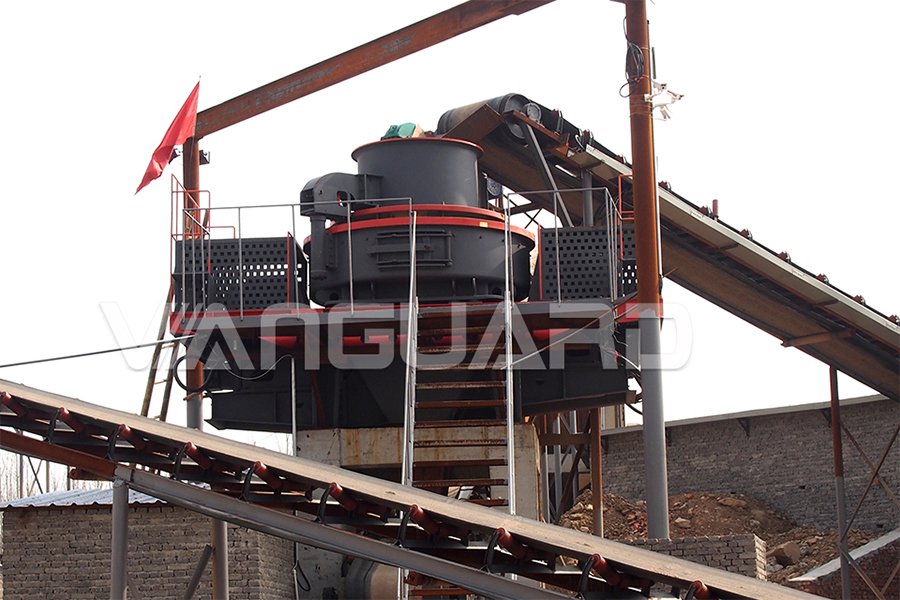
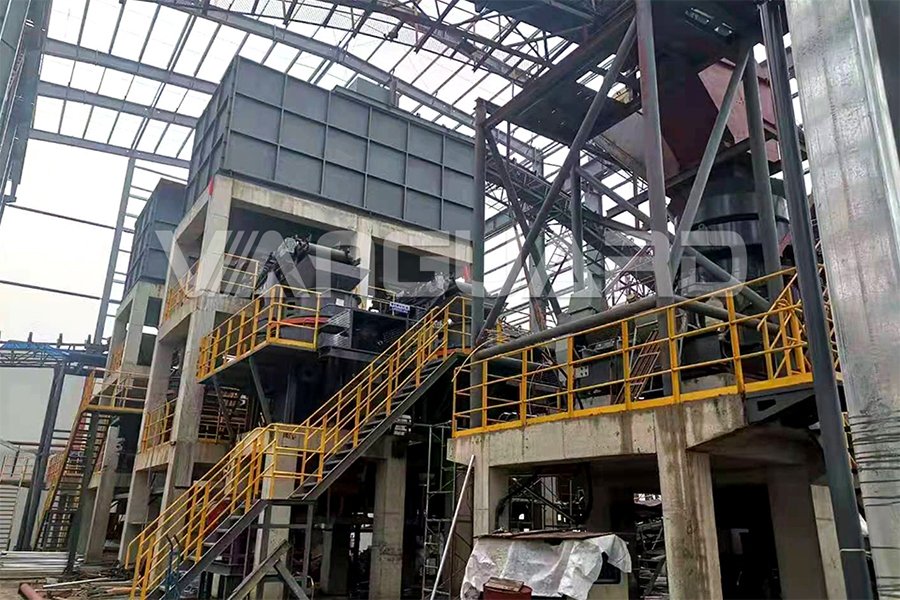
(4). Sea sand
Sea sand is the main raw material for machinery and foundry sand, abrasive materials (sandblasting, hard abrasive paper, sandpaper, emery cloth, etc.), sand cleaning, rust removal, descaling treatment, ceramics and refractory porcelain blanks and glazes, kilns Furnace high-silicon bricks, ordinary silicon bricks, silicon carbide and other raw materials, metallurgical silicon metal, ferrosilicon alloy and silicon aluminum alloy and other raw materials or additives, flux. There are also chloride ions in the sea sand. If this composition exceeds the standard, it will have a serious corrosive effect on the steel bars when used in the construction of the concrete after mixing. Therefore, the sea sand used in the construction project must be specially desalinated. At present, one of the most important uses of sea sand is as a filler for engineering construction, especially for land reclamation projects.
4. Vanguard customer sand making site
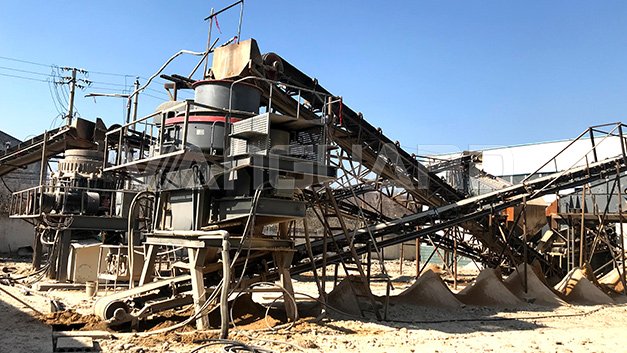
Material:river stone
Capacity:150 T/H
Auxiliary equipment:feeder, jaw crusher, cone crusher, sand making machine, vibrating screen
The above is the difference between sea sand, river sand, desert sand and machine-made sand. If you have any questions or suggestions, please leave a message for communication.

